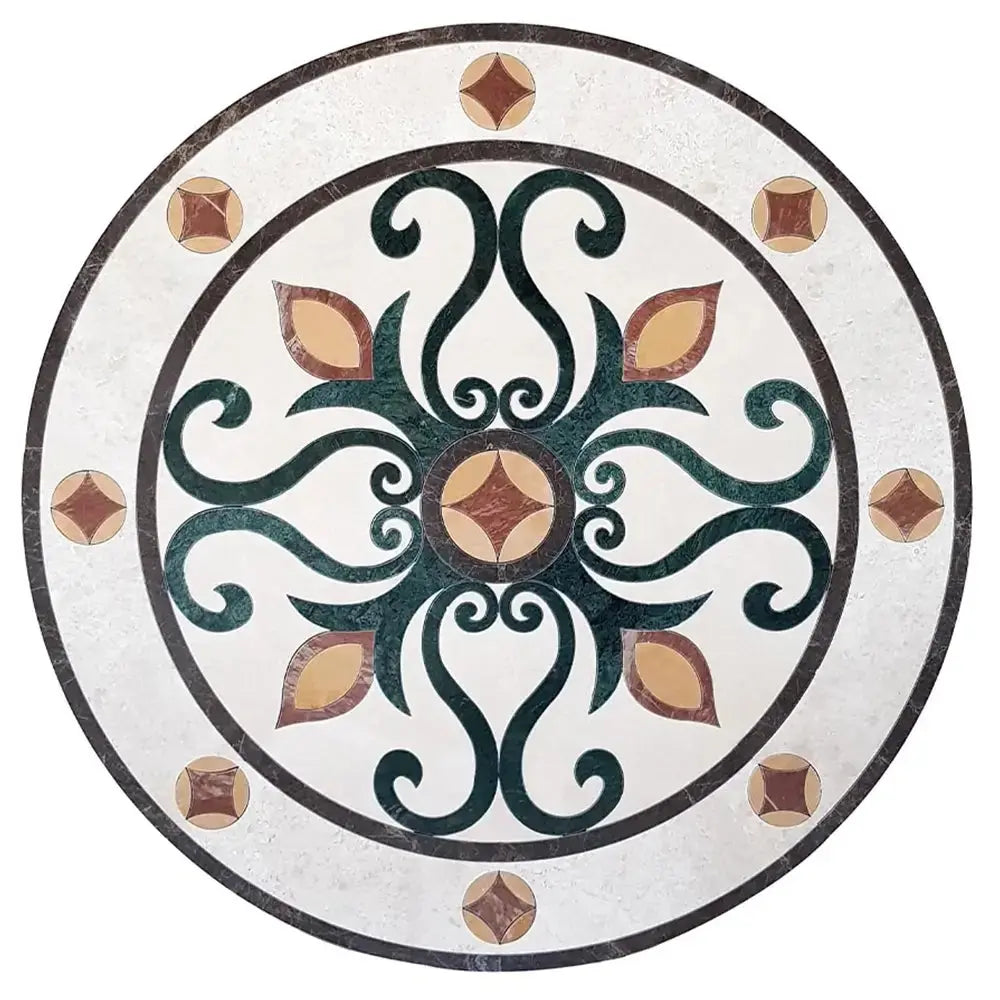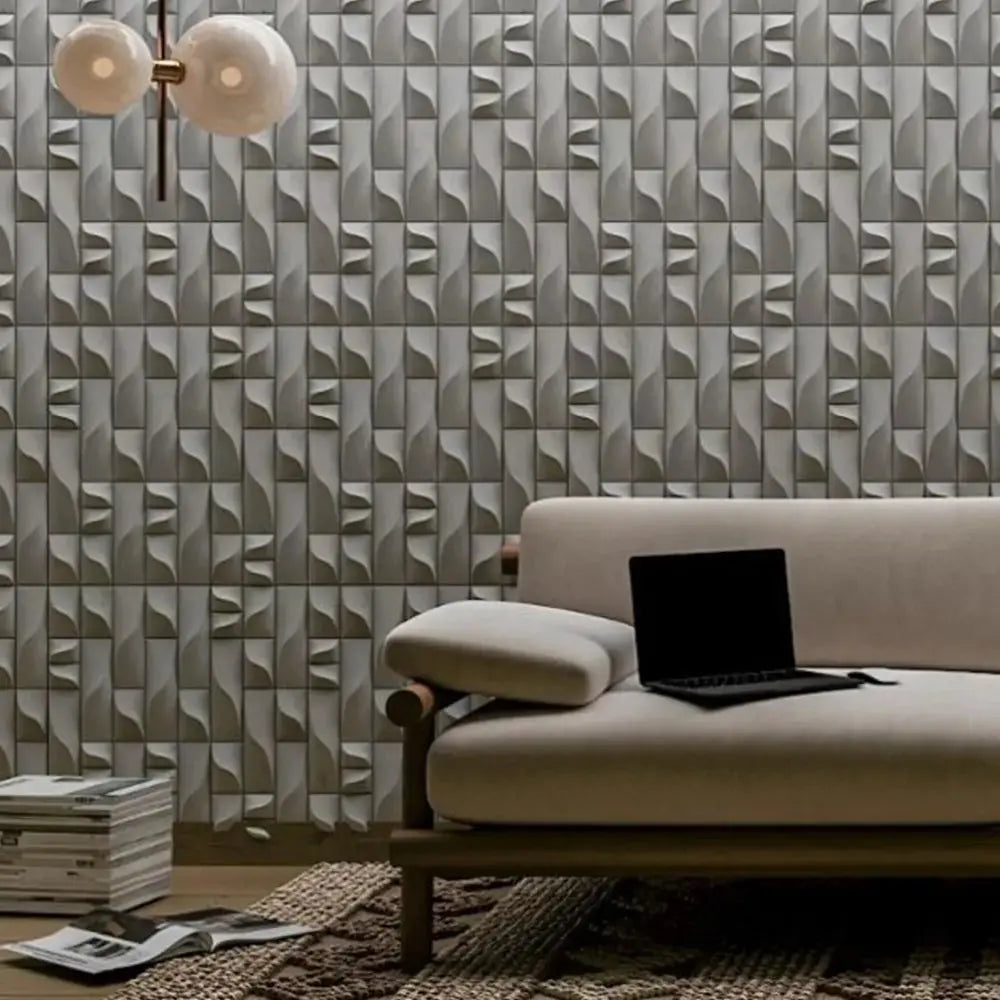
What is Marble? What is the relationship between Marble and Art?
More Than a Material—A Creative Legacy
Marble has captivated artists, architects, and designers for centuries. More than a construction material, it is a symbol of elegance, permanence, and refined craftsmanship. At Misbell Group, we view marble as both a natural wonder and an artistic medium that bridges ancient tradition with modern innovation.
What is Marble?
The Geological Identity of Marble
Marble is a metamorphic rock formed from limestone that has undergone heat and pressure deep within the Earth’s crust. During this transformation, the calcite in limestone recrystallizes, resulting in a denser, more durable stone with distinctive veining and texture.
Key Characteristics
- Composition: Mainly calcium carbonate (CaCO₃)
- Color Range: White, grey, black, pink, green—with natural veining from minerals like iron oxide, graphite, or mica
- Texture: Fine to coarse-grained, depending on its formation
- Durability: Strong yet workable, ideal for carving, polishing, and architectural use
Popular Varieties of Marble
- Carrara Marble (Italy): Subtle grey veining and soft elegance
- Calacatta Marble: Dramatic veining with bright contrast
- Turkish Marble: Known for its warm tones and wide textural variety
How is Marble Used Today?
Applications in Modern Design
Marble is used across residential and commercial projects to bring natural sophistication and tactile richness to interiors. Common applications include:
- Flooring and wall cladding
- Kitchen countertops and vanities
- Fireplace surrounds and columns
- Architectural staircases and furniture pieces
Marble and Art: A Timeless Relationship
Why Artists Have Chosen Marble for Centuries
Throughout history, marble has been the medium of choice for many of the world’s most revered artists. Its translucency, polishability, and structure make it ideal for creating lifelike forms and symbolic works.
Historical Highlights
- Ancient Greece & Rome: Marble was used to depict gods, emperors, and epic tales in sculptures and architecture.
- Renaissance Era: Artists like Michelangelo sculpted masterpieces such as David from single marble blocks.
- Byzantine & Islamic Art: Featured intricate marble inlays in religious architecture and public buildings.
Artistic Advantages of Marble
- Translucency: High-grade marble glows softly under light, simulating human skin in sculptures.
- Finishing: Capable of achieving a mirror-like polish for refined presentation.
- Workability: Despite its strength, marble can be carved and detailed with remarkable precision.
Marble in Contemporary Art and Design
Modern Uses and Interpretations
Today, marble continues to inspire innovation in both artistic and functional design:
- Contemporary Sculpture: Artists merge abstract forms with classical methods.
- Architectural Minimalism: Designers use marble to introduce nature’s pattern into sleek, clean-lined spaces.
- Functional Art: Marble is now seen in coffee tables, lamps, and sculptural home accessories.
The Symbolism of Marble
What Marble Represents in Art and Culture
Marble has long conveyed deeper meaning beyond its visual appeal:
- Eternal Beauty: It doesn’t fade or deteriorate easily—timeless in both form and material.
- Human Excellence: Chosen for monuments and temples honoring great achievements.
- Spiritual Significance: Used in cathedrals, mosques, and memorials as a sign of purity and devotion.
Caring for Marble in Artistic and Functional Spaces
Maintenance Tips
- Avoid Acidic Substances: Vinegar, lemon juice, and harsh cleaners can etch the surface.
- Seal Regularly: Sealing helps protect against stains and moisture.
- Clean Gently: Use pH-neutral cleaners and soft cloths for regular maintenance.
Misbell Group offers expert guidance on selecting, installing, and preserving marble to ensure it continues to elevate your space for generations to come.
Final Thoughts
Marble is more than just stone—it's a material steeped in history, art, and meaning. Its use in both classical and contemporary forms demonstrates its unmatched versatility and emotional impact. Whether you're creating a sculpture, designing a luxurious interior, or restoring architectural heritage, marble connects past and present with a sense of permanence and elegance.
Ready to experience the artistry of marble? Visit the Misbell Group showroom or contact us today to explore our curated collection of high-quality marble for both artistic and architectural projects.


